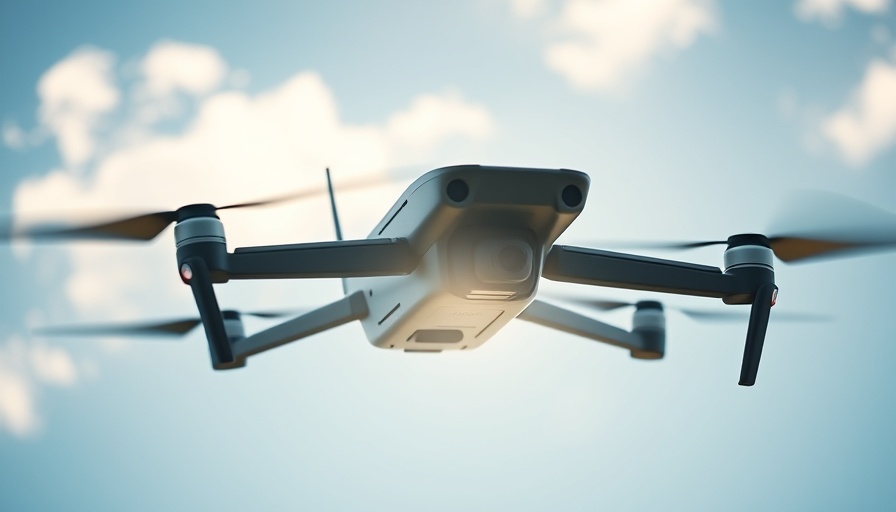
Transforming Connectivity in Aerial Operations
In a groundbreaking move that redefines aerial search capabilities, DefendEye integrates Starlink Mini into its innovative tube-launched, fully autonomous drone. This integration empowers operators to deploy drones anywhere without needing cellular coverage, effectively bridging the connectivity gap that has long challenged search and rescue missions, public safety operations, and military deployments.
Unmatched Features for Rapid Deployment
Imagine a scenario where first responders can launch a drone in under ten seconds. The DefendEye drone, weighing under 250 grams, achieves this remarkable feat thanks to its tube-launched design. This enables quick responses in emergency situations, where every second counts. The low weight of the drone also eliminates licensing issues, facilitating easy access for agencies wanting to utilize drone technology effectively.
A New Era for Search and Rescue Operations
The capabilities of this drone are in line with evolving industry demands for reliable and swift search solutions. Equipped with a 2 TOPS neural processor, the DefendEye drone autonomously detects, identifies, tracks, and follows individuals, providing critical situational awareness during rescues, even in adverse weather conditions. Adding the Starlink Mini ensures that operators receive live, encrypted HD video feeds from anywhere in the world, enhancing decision-making processes in real-time.
Cost-Effectiveness Meets Cutting-Edge Technology
At a price point of just $599 per drone, the DefendEye offers an affordable solution for agencies aiming to build fleets for various operational needs. This cost-effectiveness, paired with the absence of required pilot training, means that agencies can allocate funds more strategically, maximizing resources in life-saving scenarios.
Overall Impact on Aerial Surveillance and Safety
James Buchheim, the CEO of DefendEye, emphasizes the significance of the Starlink integration, remarking, "Embedding Starlink Mini...removes the last barrier to true go-anywhere aerial awareness.” This innovation is set to transform how search-and-rescue teams and military units operate by allowing them to deploy drones in remote locations and providing instant connectivity, which is vital in situations where traditional communication channels may be obstructed.
Conclusion: A Leap Toward the Future
As DefendEye prepares to deliver these systems by September 2025, organizations dedicated to public safety and disaster response are slated to gain tremendously from this technology. The potential for improved safety outcomes is evident, as the ability to access real-time information drastically enhances operational effectiveness.
For those eager to explore how this advanced technology could benefit their operations, DefendEye is currently conducting live demonstrations and accepting orders. Interested parties should visit defendeye.com to schedule a demo and experience the future of drone technology firsthand.
 Add Row
Add Row  Add
Add 




Write A Comment